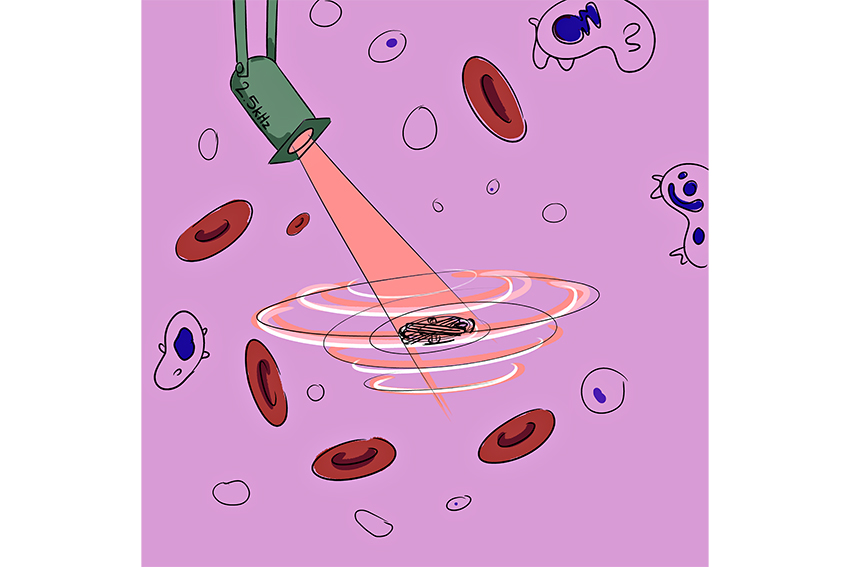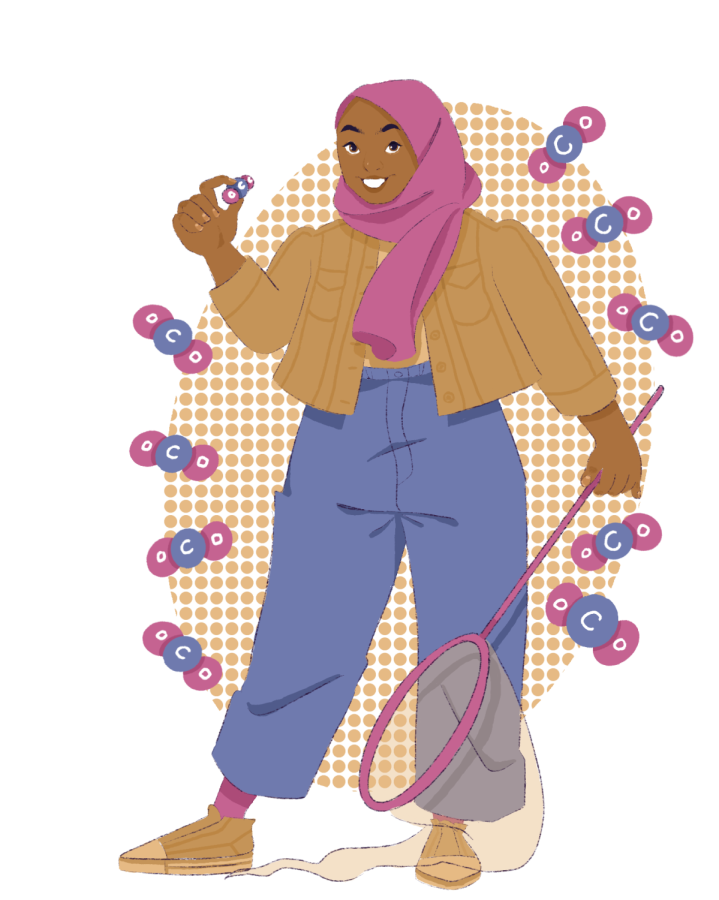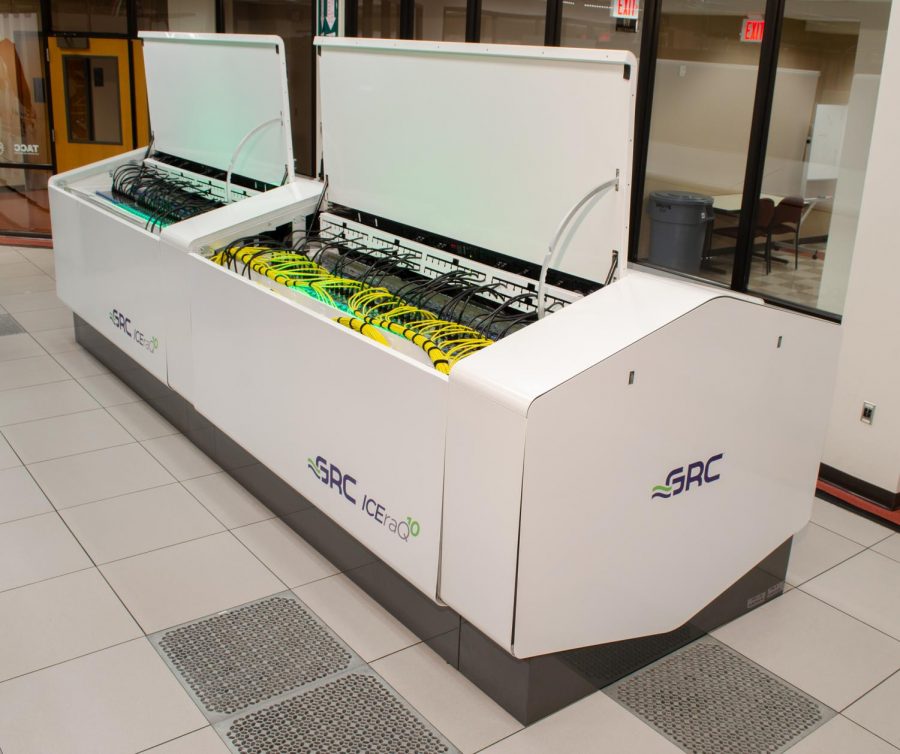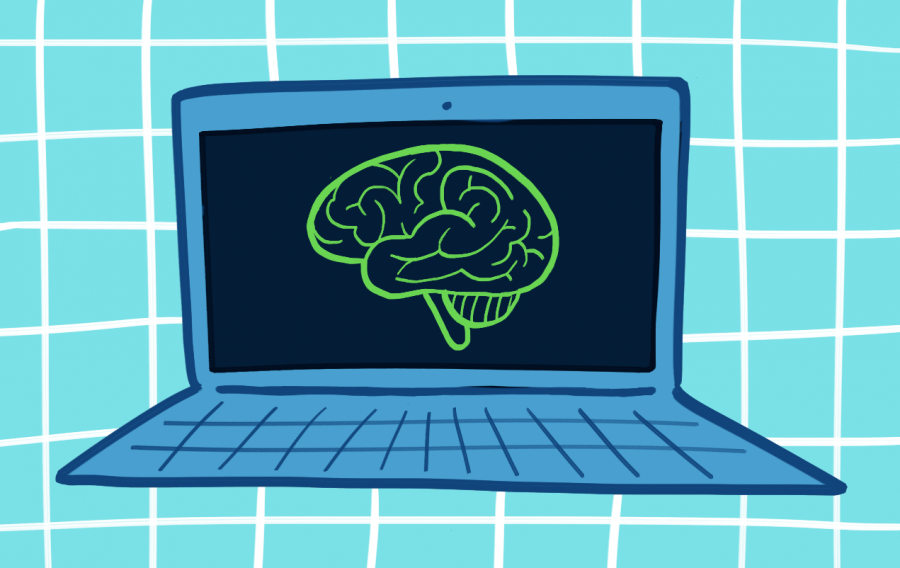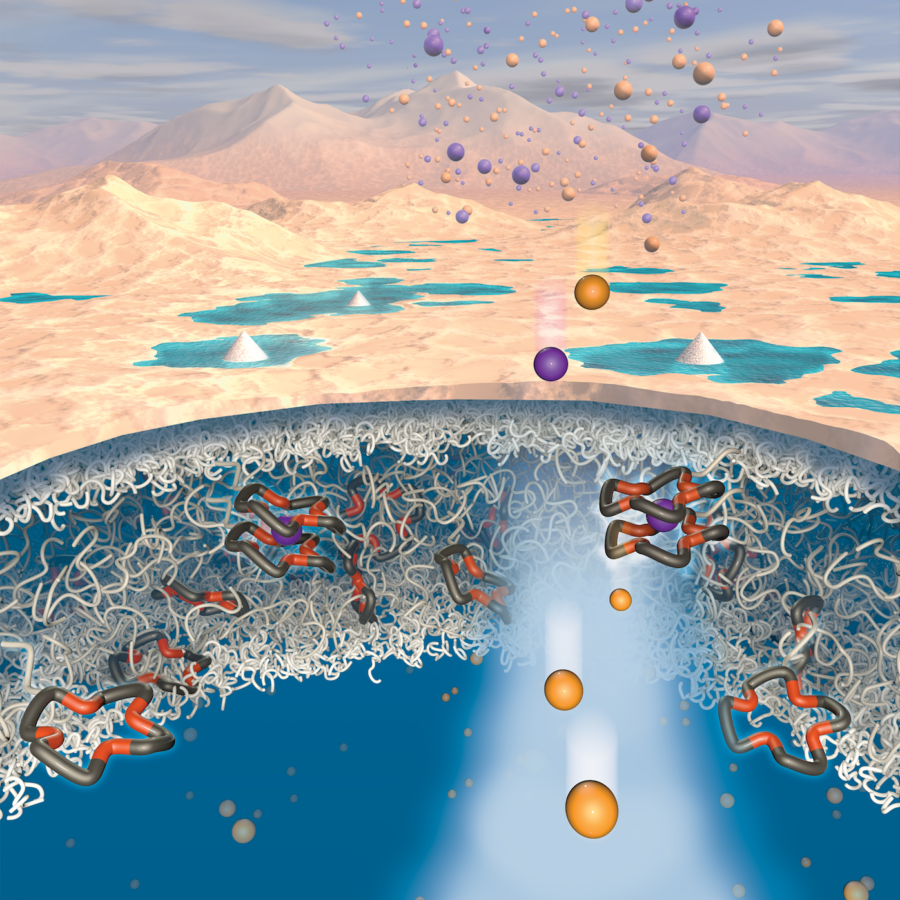Tiny devices driven by light could change the biomedical world. UT scientists recently discovered that light can be used to select the motion of nanomotors, micro-devices that are promising in aiding processes like drug delivery.
Nanomotors can convert different types of energy into mechanical motions, according to Donglei Fan, the mechanical engineering associate professor who led the study. Fan said her team’s findings can enhance many current tools and applications for bioanalysis.
The study’s findings, published in the Sept. 14 issue of Science Advances, allows scientists to instantly accelerate the speed of nanomotors by more than 10 times, as well as instantly decelerate a rotating motor, Fan said. Biomedical researchers can take advantage of this technology to program the release of molecules from drug carriers using light, she added.
“Our nanomotor changes the mode of its mechanical motion — so it will either rotate clockwise or counterclockwise, stop or start rotation — depending on the intensity of the light,” Fan said. “Here, the light works as an external stimulus.”
Nanomotors can work within the body and improve drug delivery by carrying drug molecules to target cells or tumors, and then release the drugs upon stimulation by light.
“Previously, when you (had) drug molecules on a drug carrier, you (couldn’t) interfere with how the molecules (were) released,” Fan said. “Now we have an approach to rotate the drug carriers by using the light, so that we can instantly and dynamically change the speed of release, and therefore the amount of drug molecules being released.”
According to Fan, the mechanical motion of nanomotors previously could not be as efficiently controlled by an external stimulus, like light.
“Our ultimate goal was to change devices from passive to active, from static to dynamic, so that devices can become intelligent and make decisions based on the external environment,” Fan said. “We ultimately want to make nano-robotic devices.”
As for the future, Fan said she hopes to find a method to control the motion of the individual nanomotors.
“Although we can make all the nanomotors behave in the same way, it’s almost impossible to let them behave differently, and to do so is like a holy grail in our field,” Fan said.
The control of individual nanomotors would have immense implications for electronics, Fan said, such as in reconfigurable electronic devices.
According to New Atlas, reconfigurable electronic devices, such as nanomotors, have the potential to be self-sufficient, or have the ability to repair themselves.
“If we want to create nanorobots, we need to let them interact with each other and cooperate with each other to accomplish a task,” Fan said. “In the future, we should have the capability to guide nanomotors at an individual level.”



